Home>Furniture & Design>Interior Design Trends>How To Identify Old Glass Bottles
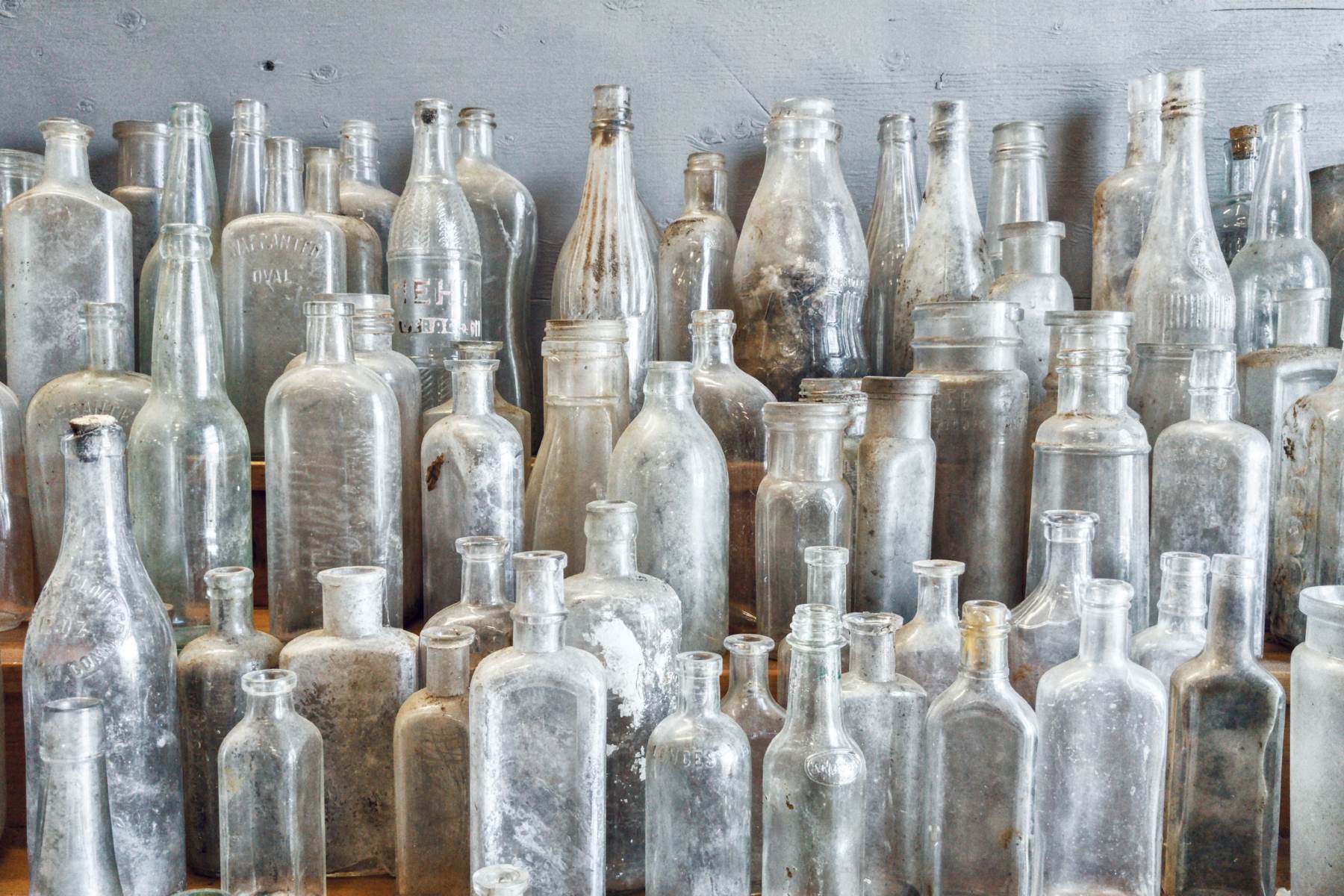

Interior Design Trends
How To Identify Old Glass Bottles
Published: February 5, 2024
Learn how to identify old glass bottles and stay updated with the latest interior design trends. Discover valuable tips and insights for your home decor projects.
(Many of the links in this article redirect to a specific reviewed product. Your purchase of these products through affiliate links helps to generate commission for Storables.com, at no extra cost. Learn more)
Introduction
Old glass bottles hold a certain allure, capturing the essence of a bygone era and offering a glimpse into the past. Each bottle tells a unique story, reflecting the craftsmanship, design, and historical context of its time. Whether you are an avid collector, a history enthusiast, or simply intrigued by the artistry of vintage glassware, understanding the intricacies of old glass bottles can be a fascinating journey.
In this comprehensive guide, we will delve into the captivating world of old glass bottles, exploring the diverse types, age indicators, and the inherent value they possess. From the elegant curves of Victorian perfume bottles to the sturdy utilitarianism of early American soda bottles, each category represents a distinct chapter in the evolution of glassmaking and packaging.
Join us as we embark on a quest to unravel the secrets of old glass bottles, learning how to discern their age, origin, and significance. Whether you are a novice seeking to expand your knowledge or a seasoned collector aiming to refine your expertise, this exploration will equip you with the insights needed to appreciate, identify, and cherish these timeless relics.
Key Takeaways:
- Uncover the Past: Old glass bottles offer a captivating glimpse into history, craftsmanship, and cultural heritage, each telling a unique story of human creativity and innovation.
- Treasure Hunt: Finding and collecting old glass bottles is a rewarding journey that requires passion, knowledge, and a keen eye for uncovering hidden historical treasures.
Read more: How To Clean Old Glass Bottles
Understanding the Different Types of Old Glass Bottles
Old glass bottles encompass a diverse array of styles, shapes, and functions, each bearing distinct characteristics that reflect the historical context and purpose for which they were created. Understanding the various types of old glass bottles is essential for discerning their origins and significance. Let's embark on a journey through time and explore the captivating diversity of these timeless artifacts.
1. Utility Bottles
Utility bottles, also known as utilitarian bottles, were designed for practical purposes such as storing beverages, medicines, and household products. These bottles often feature simple, functional designs, reflecting the utilitarian ethos of their era. Examples include early American soda bottles, milk bottles, and apothecary bottles, each serving a specific function in daily life.
2. Decorative Bottles
In contrast to utility bottles, decorative bottles were crafted with ornate designs and intricate details, often intended for display or as luxury items. Perfume bottles from the Victorian era exemplify the artistry and elegance of decorative glassware, showcasing delicate shapes, vibrant colors, and embellishments that evoke a sense of refinement and sophistication.
3. Specialty Bottles
Specialty bottles encompass a wide range of unique designs tailored to specific purposes, such as ink bottles, poison bottles, and novelty containers. These bottles often feature distinctive characteristics, such as embossed labels, unusual shapes, and specialized closures, reflecting the specialized nature of their contents.
Read more: How To Identify Tiffany Glass
4. Collectible Bottles
Collectible bottles hold a special allure for enthusiasts and historians, encompassing limited-edition releases, commemorative bottles, and rare variants that have garnered significant value over time. These bottles often bear historical significance or cultural relevance, making them highly sought after by collectors and aficionados.
5. Apothecary Bottles
Apothecary bottles, originating from the world of traditional medicine and pharmacy, exhibit a unique blend of functionality and aesthetic appeal. These bottles often feature distinctive shapes, such as the classic "pharmacy bottle" with its narrow neck and wide body, serving as iconic symbols of the pharmaceutical profession and the art of healing.
By familiarizing ourselves with the diverse categories of old glass bottles, we gain a deeper appreciation for the craftsmanship, ingenuity, and historical context that define these timeless artifacts. Each type of bottle offers a window into a specific era, revealing the evolving trends, technologies, and cultural influences that have shaped the art of glassmaking and packaging over the centuries.
Identifying the Age and Origin of Old Glass Bottles
Identifying the age and origin of old glass bottles is a captivating endeavor that involves unraveling the unique characteristics and historical markers embedded within each artifact. By closely examining the bottle's physical attributes, markings, and manufacturing techniques, collectors and enthusiasts can gain valuable insights into its provenance and age.
Embossed Markings and Labels
One of the primary methods for determining the age and origin of old glass bottles is to scrutinize the embossed markings and labels adorning the bottle's surface. These inscriptions often bear the manufacturer's name, location, and sometimes the production date, providing crucial clues about the bottle's history. By researching the identified markings and cross-referencing them with historical records and bottle catalogs, collectors can pinpoint the era and origin of the bottle with greater precision.
Read more: How To Identify Jeannette Glass
Mold Seams and Manufacturing Techniques
Examining the mold seams and manufacturing techniques employed in creating the bottle can offer valuable insights into its age. Early hand-blown bottles typically exhibit irregularities in the mold seams and a lack of uniformity in shape, reflecting the artisanal nature of their production. In contrast, machine-made bottles from the late 19th and early 20th centuries feature distinct mold seams that run vertically from the base to the bottle's lip, indicative of automated manufacturing processes. By discerning these subtle nuances, collectors can approximate the bottle's age and the technological advancements prevalent during its production period.
Color and Glass Composition
The color and composition of the glass itself can serve as a telling indicator of the bottle's age and origin. Early glass bottles often feature a subtle aqua or green hue, attributed to the presence of iron impurities in the glass batch. As glassmaking techniques evolved, bottles from the late 19th century onwards began to exhibit clearer, colorless glass owing to refined manufacturing processes. Additionally, certain glass formulas and colorants were regionally specific, allowing collectors to trace the bottle's origins based on the distinctive hues and compositions present in the glass.
Pontil Marks and Lip Features
Pontil marks, residual scars left from the glassblowing process, offer valuable clues about the bottle's production methods and age. Bottles with distinct pontil marks, such as the "open pontil" or "iron pontil," indicate hand-blown origins and are typically associated with early to mid-19th-century production. Furthermore, variations in lip features, such as the presence of applied lips or tooling marks, can aid in dating the bottle and discerning the technological advancements prevalent during its creation.
By meticulously analyzing these key attributes and employing a discerning eye for detail, collectors and enthusiasts can unravel the age and origin of old glass bottles, unlocking the rich historical narratives and craftsmanship encapsulated within each artifact. This pursuit not only fosters a deeper appreciation for the art of glassmaking but also offers a tangible connection to the cultural, technological, and industrial heritage that defines these timeless relics.
Recognizing the Value and Rarity of Old Glass Bottles
Recognizing the value and rarity of old glass bottles is a captivating pursuit that intertwines historical significance, craftsmanship, and the allure of antiquity. Each old glass bottle, with its unique characteristics and provenance, possesses inherent value that transcends mere monetary worth, offering a tangible link to the past and a testament to human ingenuity. As collectors and enthusiasts delve into the realm of vintage glassware, they encounter a myriad of factors that contribute to the perceived value and rarity of these timeless artifacts.
Read more: How To Identify Depression Glass
Historical Significance
The historical context surrounding old glass bottles plays a pivotal role in determining their value and rarity. Bottles associated with significant historical events, iconic brands, or renowned glassmakers often command heightened interest and value within the collector's market. For instance, a bottle linked to a famous historical figure, a renowned beverage company, or a pivotal moment in industrial history carries intrinsic historical significance, elevating its desirability and rarity.
Uniqueness and Aesthetic Appeal
The uniqueness and aesthetic appeal of old glass bottles contribute significantly to their perceived value and rarity. Bottles featuring exquisite craftsmanship, intricate designs, vibrant colors, or unconventional shapes captivate collectors and enthusiasts, elevating their desirability and rarity. Whether adorned with ornate embossing, iridescent luster, or distinctive silhouettes, these bottles stand as tangible expressions of artistic mastery and evoke a sense of nostalgia and admiration.
Condition and Provenance
The condition and provenance of old glass bottles are paramount in assessing their value and rarity. Bottles in pristine condition, free from damage or wear, command greater value and rarity, as they offer a glimpse into the original allure and craftsmanship of a bygone era. Additionally, bottles with well-documented provenance, tracing their lineage and historical significance, hold heightened appeal and rarity, as they provide a tangible connection to specific periods, events, or renowned glassmakers.
Scarcity and Collectibility
The scarcity and collectibility of old glass bottles play a pivotal role in determining their value and rarity. Limited production runs, discontinued variants, or bottles with unique features often garner heightened interest and rarity within the collector's market. Furthermore, bottles associated with niche categories, such as early pharmaceutical containers, rare soda flavors, or commemorative editions, hold intrinsic collectibility and scarcity, elevating their desirability and value among enthusiasts.
Read more: How To Identify Slag Glass
Cultural and Artistic Significance
The cultural and artistic significance of old glass bottles adds depth to their value and rarity. Bottles that encapsulate the artistic trends, cultural motifs, and technological innovations of their respective eras hold intrinsic cultural and artistic value, reflecting the evolving tastes, craftsmanship, and societal influences prevalent during their creation. As tangible artifacts of cultural heritage, these bottles transcend mere collectible items, embodying the spirit of their times and offering a window into the artistic and industrial legacy of glassmaking.
In essence, recognizing the value and rarity of old glass bottles encompasses a multifaceted exploration that intertwines historical narratives, artistic mastery, and the enduring allure of antiquity. Each bottle, with its unique blend of historical significance, craftsmanship, and cultural resonance, stands as a testament to human creativity and innovation, inviting collectors and enthusiasts to embark on a captivating journey through time and heritage.
Tips for Finding and Collecting Old Glass Bottles
Finding and collecting old glass bottles is a rewarding pursuit that offers a captivating glimpse into history, craftsmanship, and the art of preservation. Whether you are a seasoned collector or a novice enthusiast, embarking on this journey requires a blend of passion, knowledge, and a keen eye for uncovering hidden treasures. Here are essential tips to guide you in the exhilarating pursuit of finding and collecting old glass bottles:
-
Research and Education: Begin by immersing yourself in the rich tapestry of glass bottle history. Delve into books, online resources, and collector forums to expand your knowledge of different bottle types, manufacturers, and historical contexts. Understanding the nuances of glassmaking techniques, bottle designs, and regional variations will empower you to make informed decisions and recognize valuable finds.
-
Explore Diverse Sources: Cast a wide net when seeking old glass bottles. Visit antique shops, flea markets, estate sales, and online auction platforms to uncover hidden gems. Keep an open mind and be prepared to explore unconventional venues, as remarkable discoveries often emerge from unexpected sources.
-
Networking and Community: Engage with fellow collectors, historians, and enthusiasts within the glass bottle community. Networking with like-minded individuals can provide valuable insights, trading opportunities, and access to specialized knowledge. Joining collector clubs, attending conventions, and participating in bottle shows can foster connections and expand your collecting horizons.
-
Condition and Authenticity: Prioritize the condition and authenticity of old glass bottles. Look for bottles with minimal damage, intact labels, and original closures, as these factors significantly impact their value and desirability. Be vigilant in discerning reproductions and fakes, consulting experts or reference materials to authenticate rare or high-value finds.
-
Specialized Focus: Consider developing a specialized focus within your collection. Whether it's pursuing bottles from a specific era, region, or category such as soda, medicine, or decorative bottles, honing in on a niche can add depth and coherence to your collection. Specialization also allows for in-depth research and a deeper appreciation of the bottles' historical and cultural significance.
-
Preservation and Display: Safeguard your collection by implementing proper preservation techniques. Store bottles in a controlled environment away from direct sunlight and extreme temperatures to prevent deterioration. Invest in quality display cases, shelving, or custom mounts to showcase your collection while ensuring its long-term preservation.
-
Continuous Learning: Embrace the journey of continuous learning and discovery. Stay updated on current trends, market values, and emerging historical insights within the realm of old glass bottles. Engage in ongoing research, attend educational workshops, and remain receptive to new perspectives to enrich your collecting experience.
By embracing these tips, you can embark on a fulfilling and enriching journey of finding and collecting old glass bottles. Each discovery holds the potential to unveil a piece of history, celebrate the artistry of glassmaking, and forge connections with fellow enthusiasts, fostering a deep appreciation for these timeless relics.
Conclusion
In conclusion, the world of old glass bottles is a captivating realm that intertwines history, craftsmanship, and the enduring allure of antiquity. As we have journeyed through this comprehensive guide, we have gained valuable insights into the diverse types of old glass bottles, the methods for identifying their age and origin, the factors contributing to their value and rarity, and essential tips for finding and collecting these timeless artifacts.
Old glass bottles serve as tangible links to the past, encapsulating the cultural, technological, and artistic legacies of their respective eras. From the utilitarian simplicity of early American soda bottles to the ornate elegance of Victorian perfume bottles, each category represents a distinct chapter in the evolution of glassmaking and packaging. By understanding the nuances of these bottle types, collectors and enthusiasts can deepen their appreciation for the craftsmanship, historical context, and societal influences that have shaped these timeless relics.
Identifying the age and origin of old glass bottles involves a meticulous examination of embossed markings, mold seams, glass composition, and production techniques. By unraveling these key attributes, collectors can unlock the rich historical narratives and craftsmanship encapsulated within each artifact, fostering a deeper connection to the cultural, technological, and industrial heritage that defines these timeless relics.
Recognizing the value and rarity of old glass bottles encompasses a multifaceted exploration that intertwines historical narratives, artistic mastery, and the enduring allure of antiquity. Each bottle, with its unique blend of historical significance, craftsmanship, and cultural resonance, stands as a testament to human creativity and innovation, inviting collectors and enthusiasts to embark on a captivating journey through time and heritage.
The tips provided for finding and collecting old glass bottles offer essential guidance for enthusiasts seeking to embark on this rewarding pursuit. From conducting thorough research and networking within the collector community to prioritizing condition and authenticity, these tips empower collectors to navigate the world of vintage glassware with confidence and discernment, ensuring a fulfilling and enriching collecting experience.
In essence, the world of old glass bottles invites us to embark on a captivating journey through time, heritage, and the enduring legacy of human creativity. Whether as collectors, historians, or admirers of artistry, we are drawn to these timeless relics, each bearing a unique story and offering a tangible connection to the cultural, technological, and industrial heritage that defines our collective past. As we continue to explore and cherish these artifacts, we honor the craftsmanship, ingenuity, and historical significance that have shaped the captivating world of old glass bottles.
Frequently Asked Questions about How To Identify Old Glass Bottles
Was this page helpful?
At Storables.com, we guarantee accurate and reliable information. Our content, validated by Expert Board Contributors, is crafted following stringent Editorial Policies. We're committed to providing you with well-researched, expert-backed insights for all your informational needs.
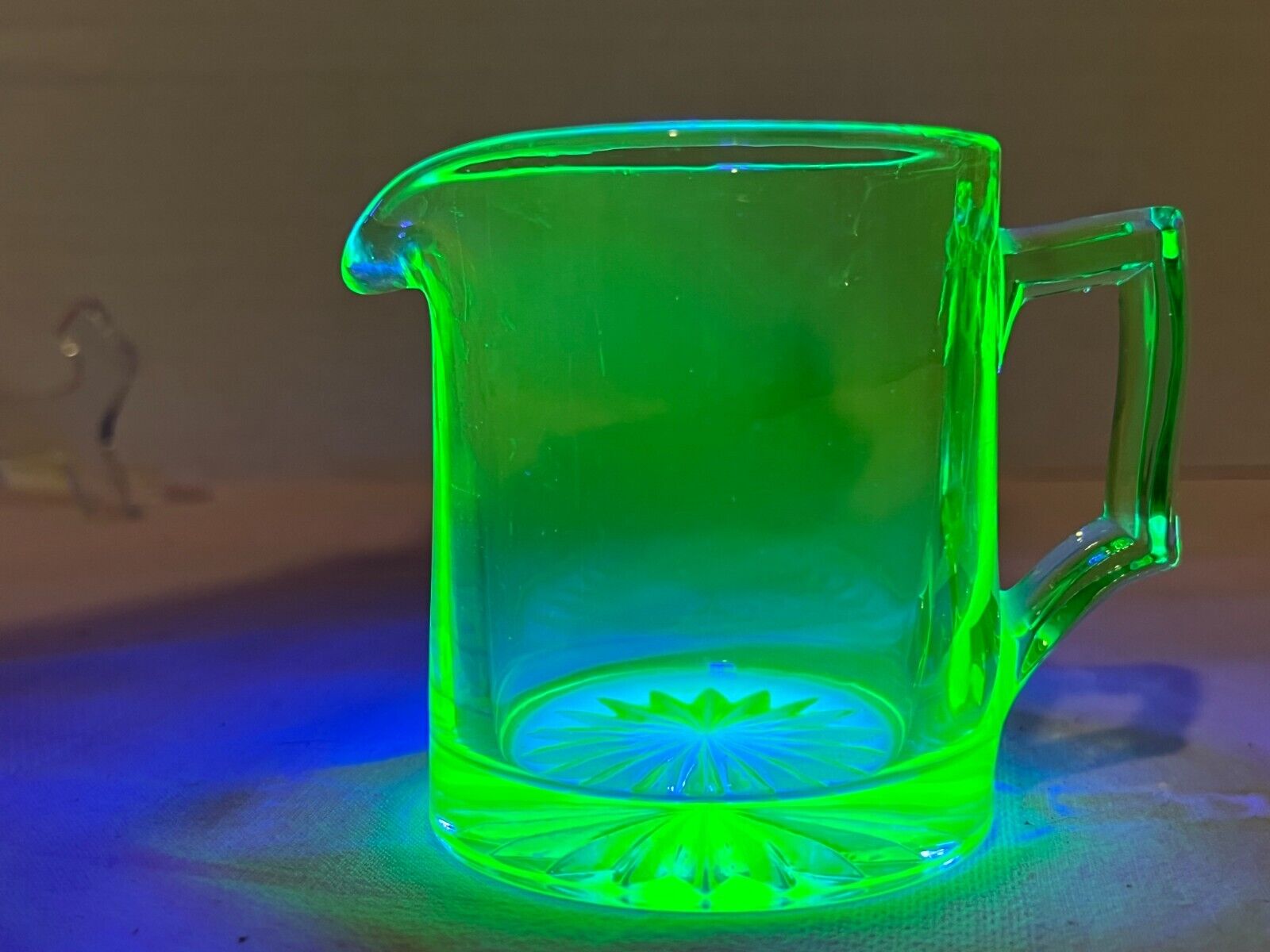
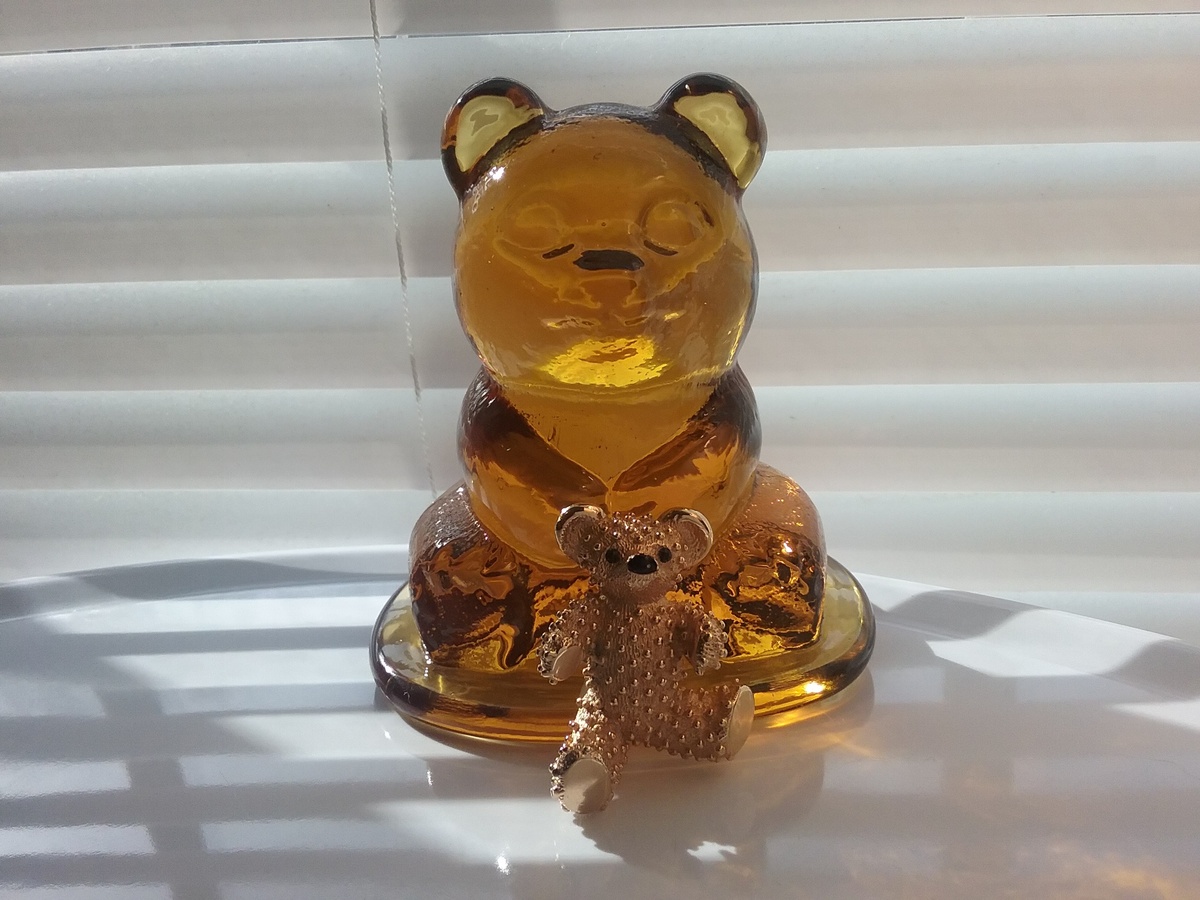
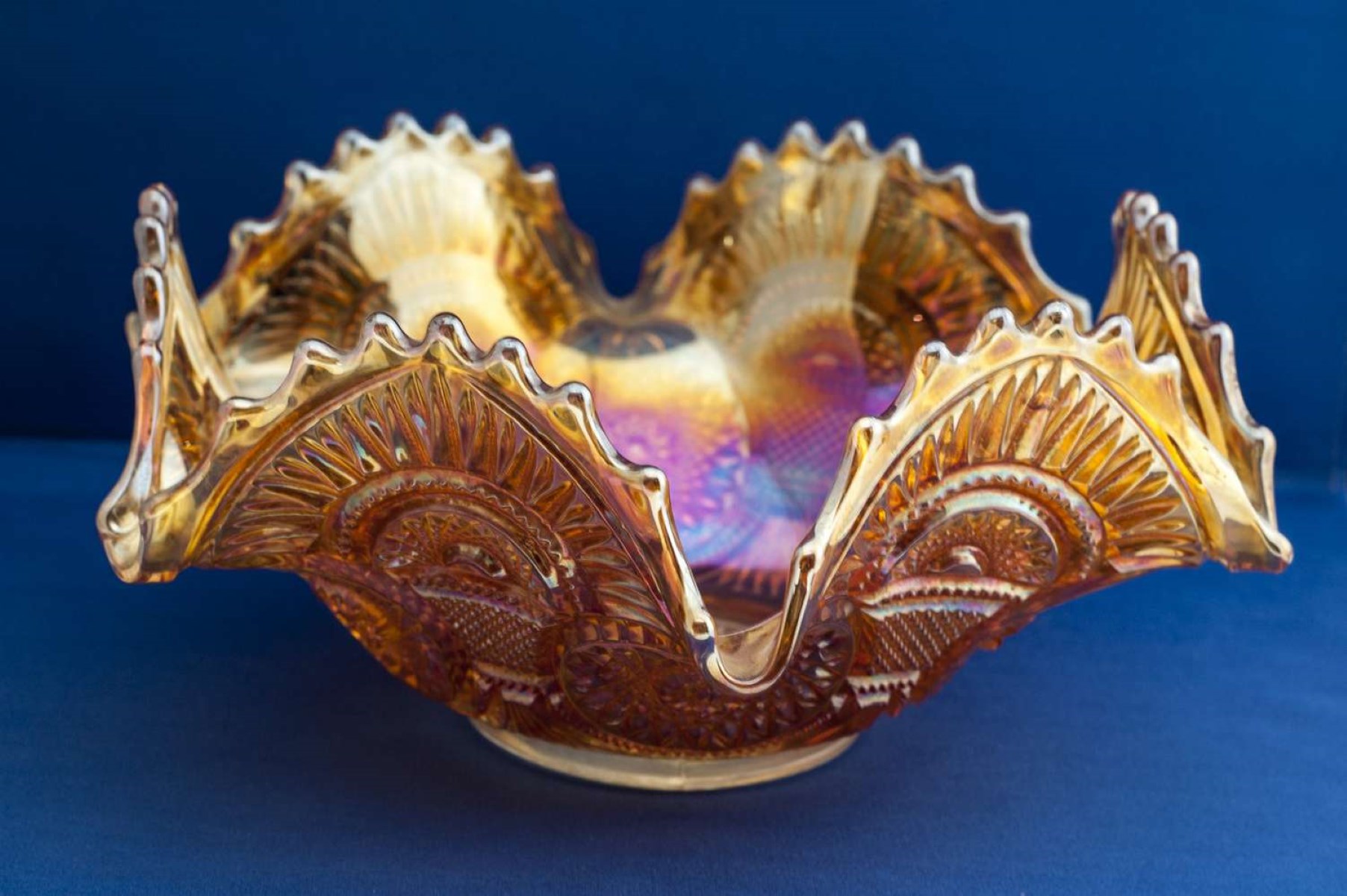
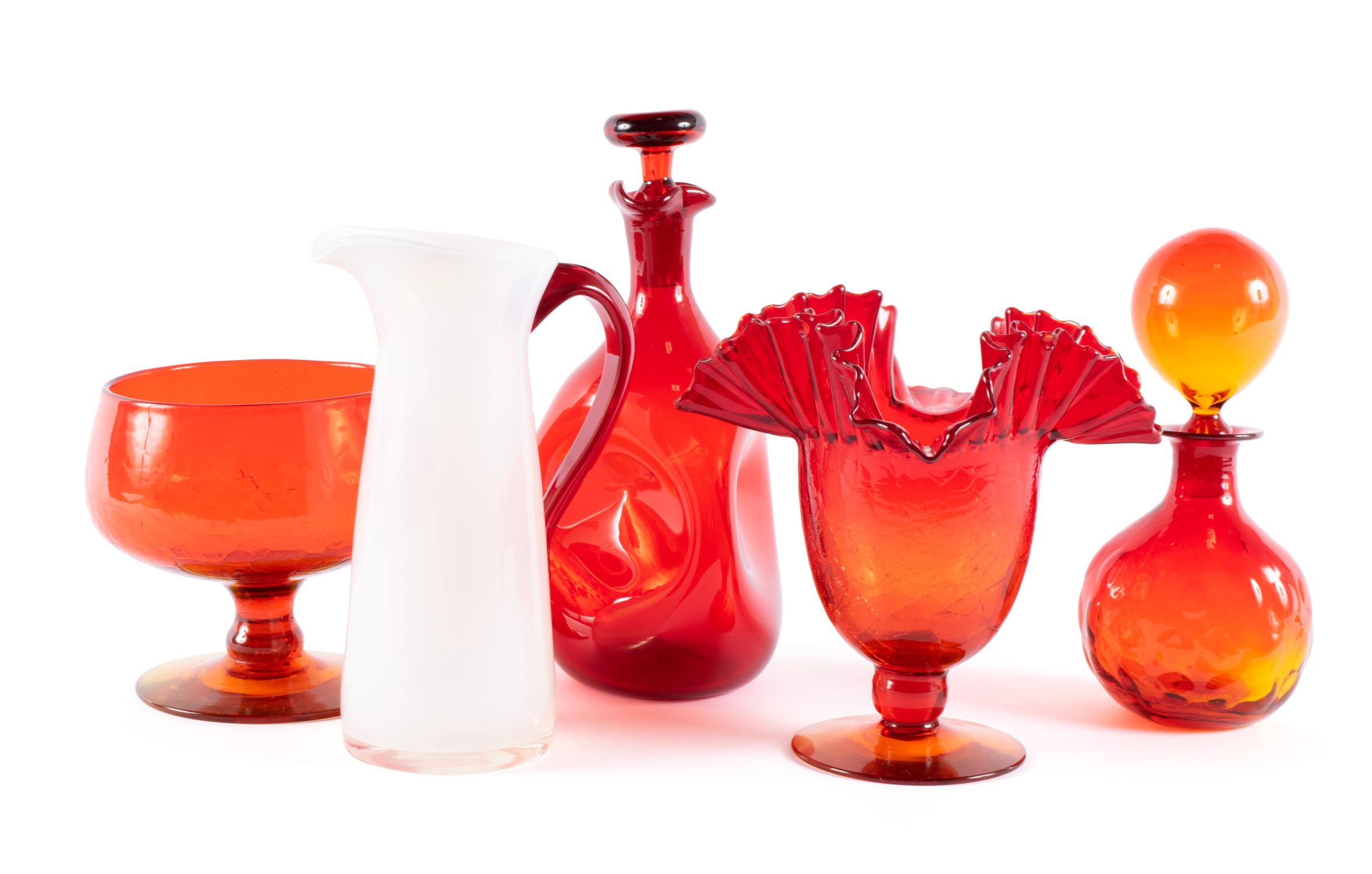
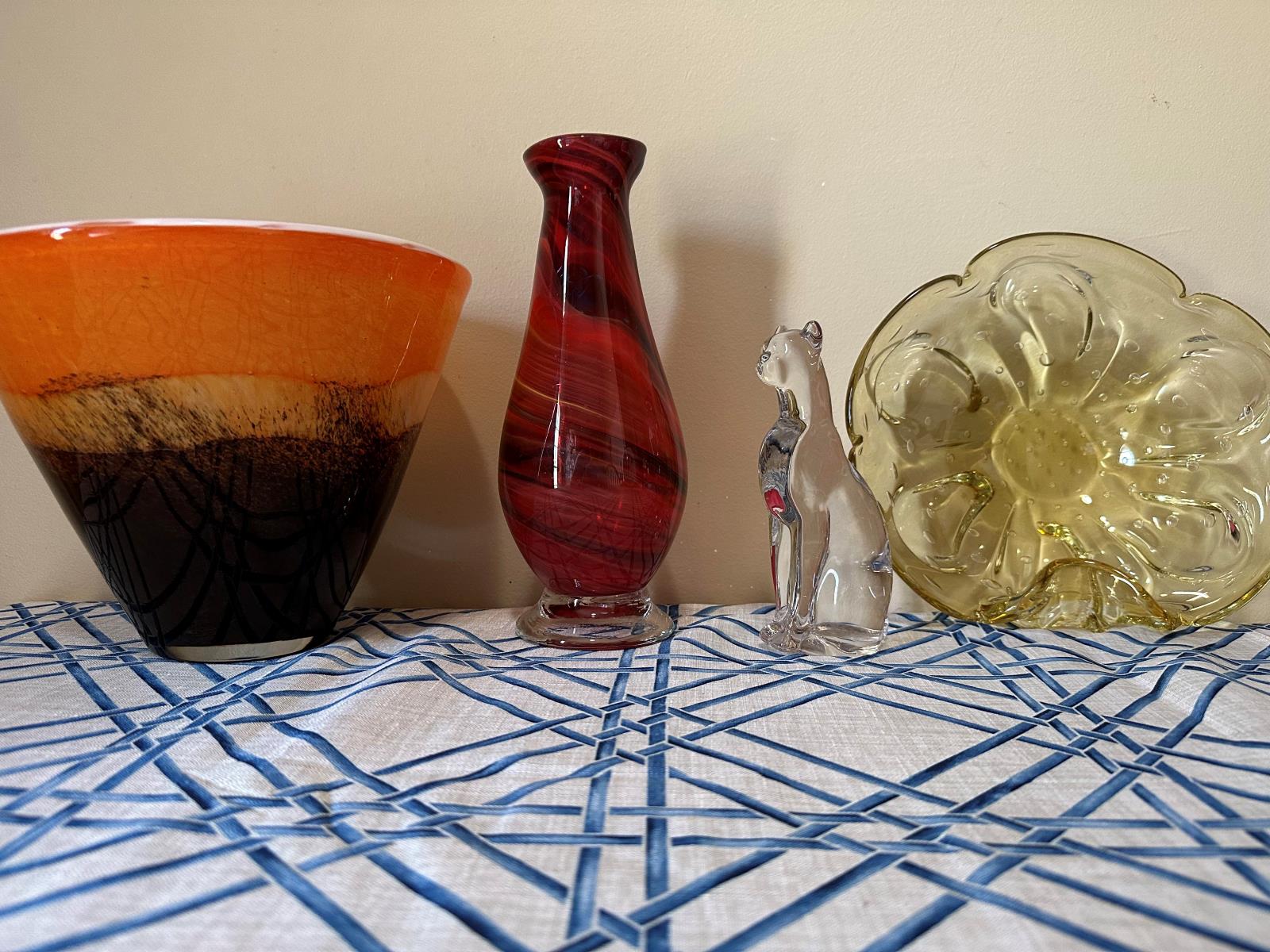
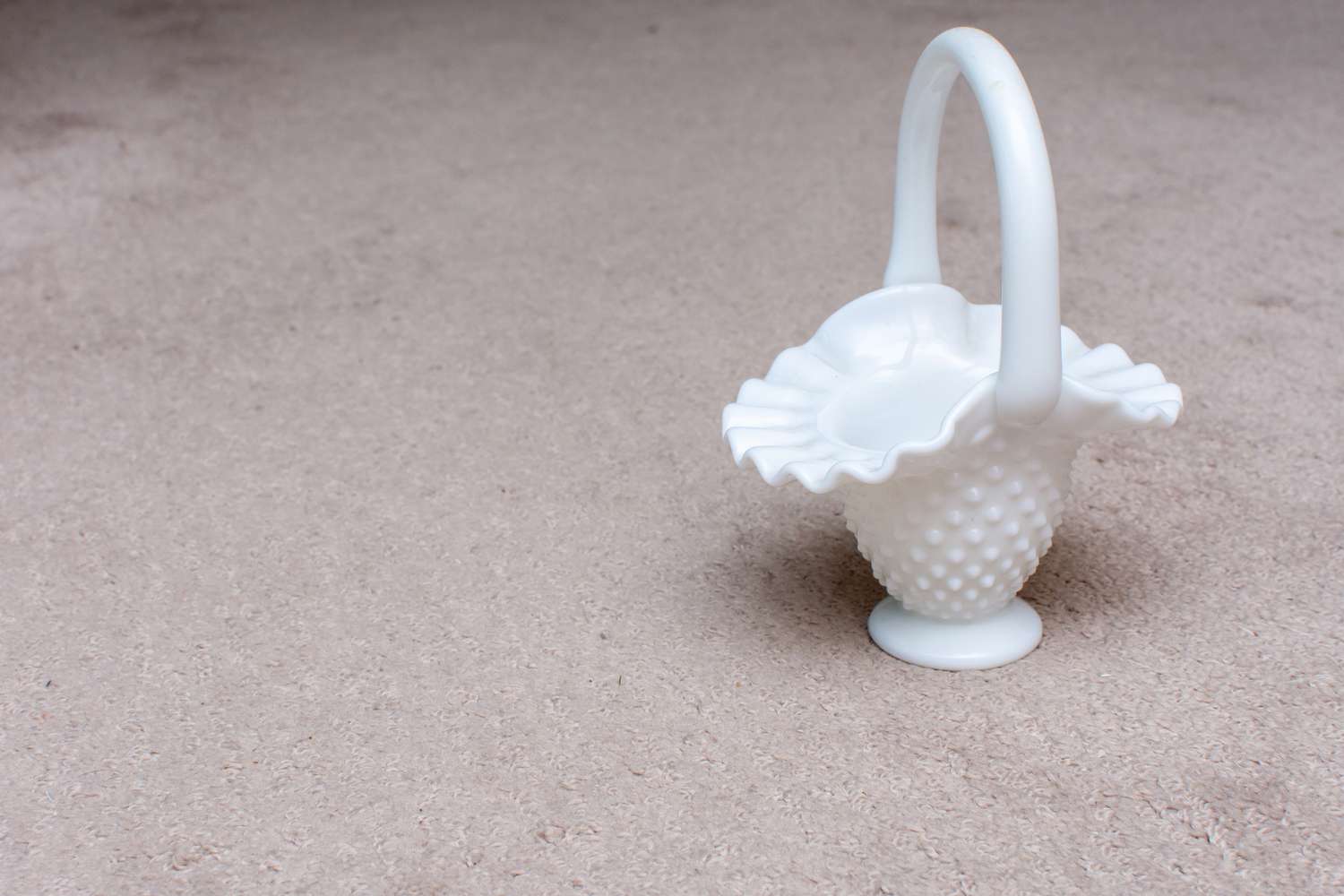
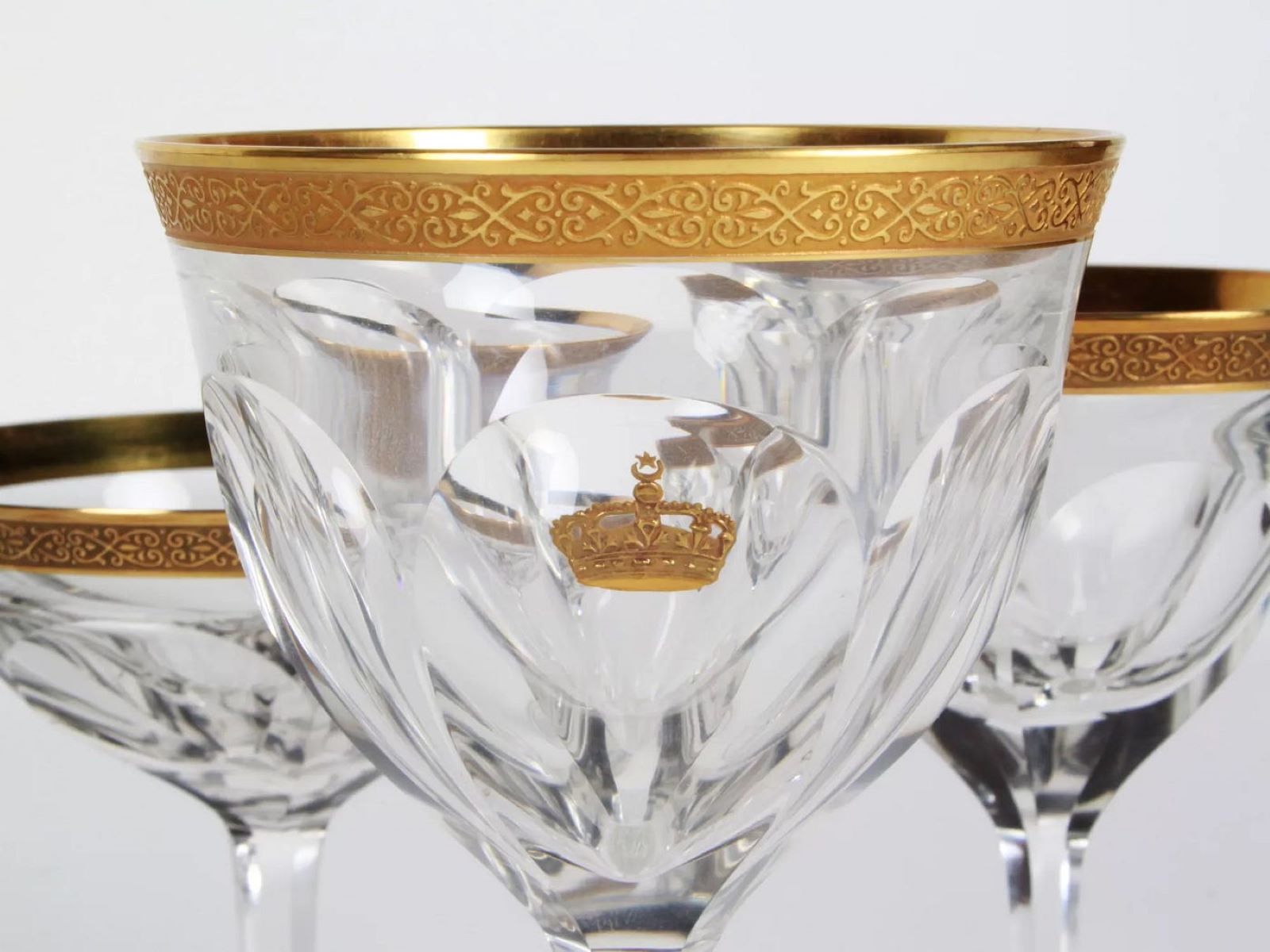
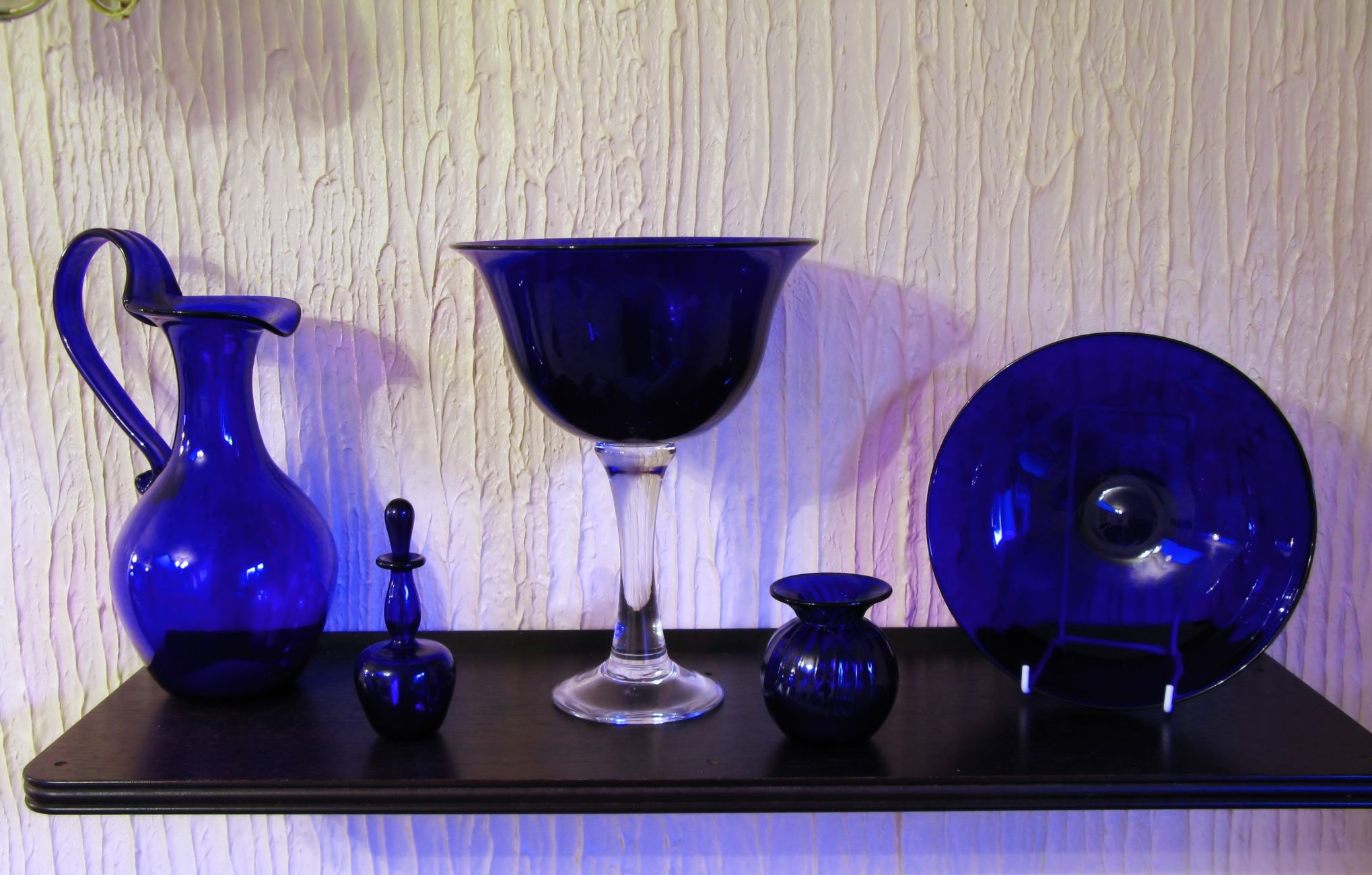
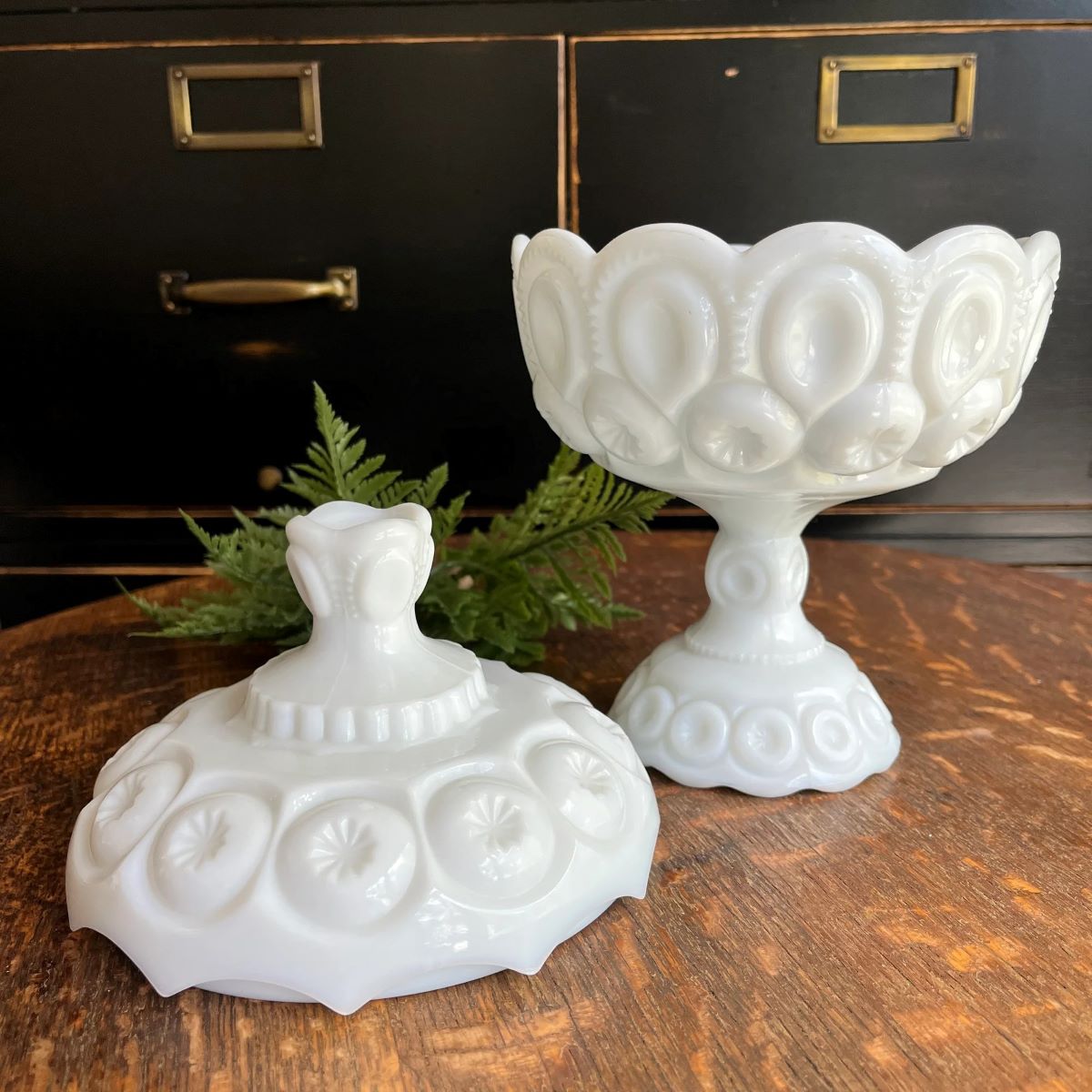
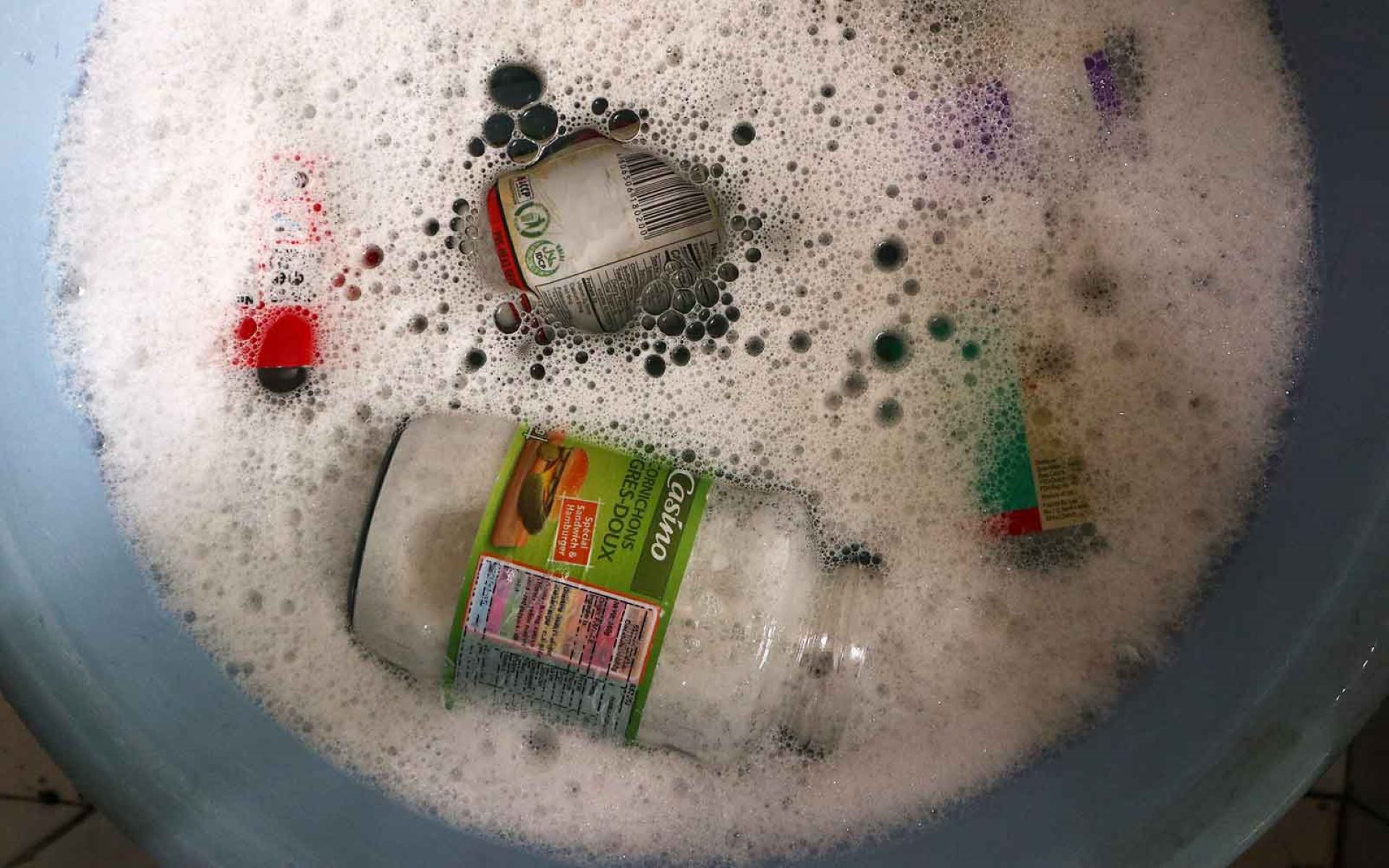
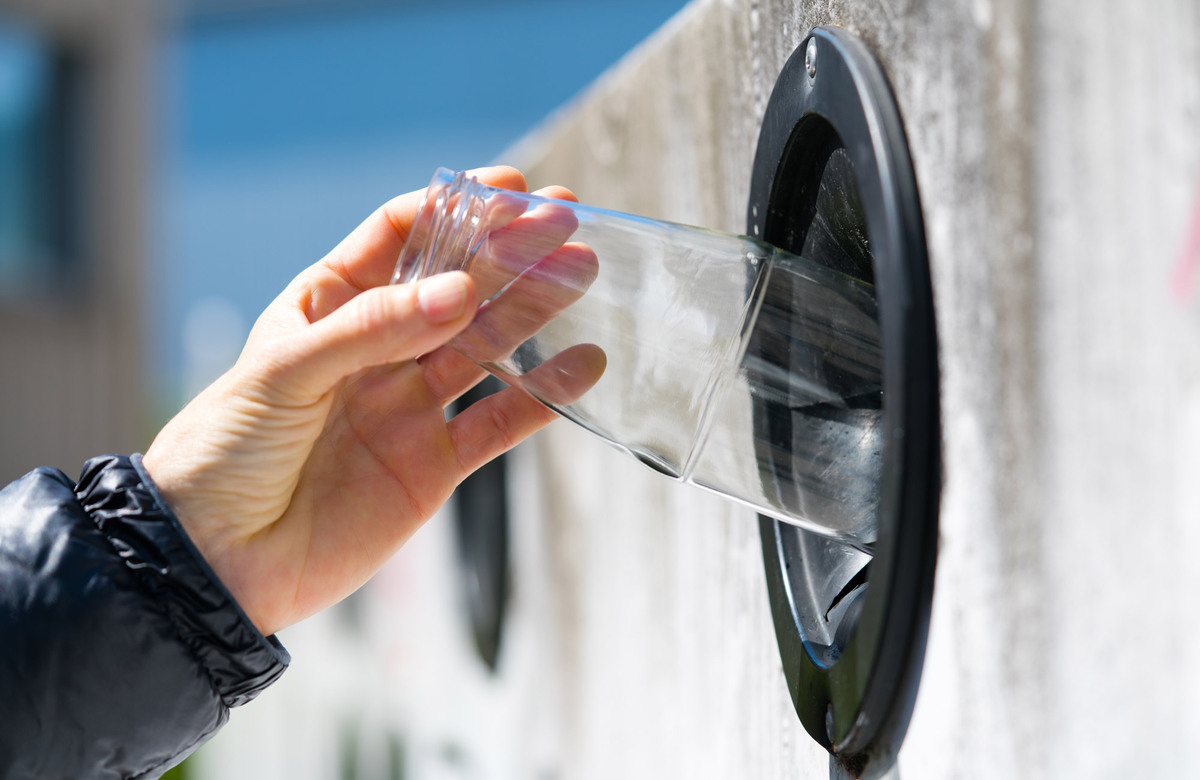

0 thoughts on “How To Identify Old Glass Bottles”